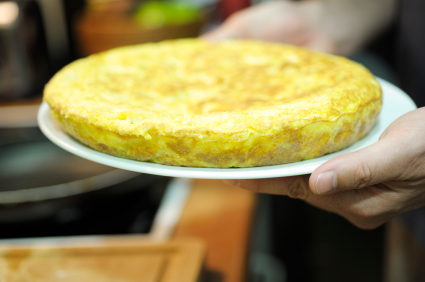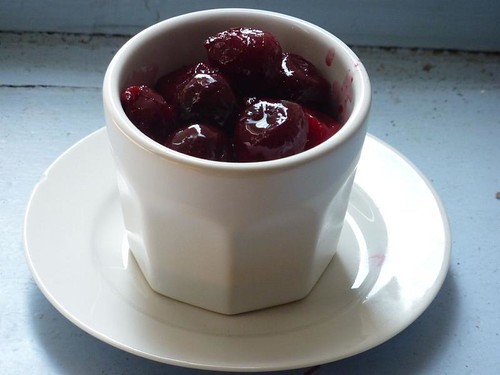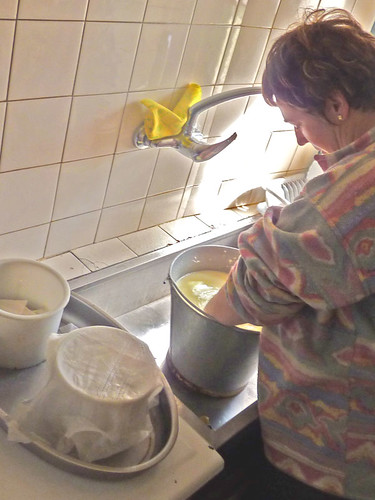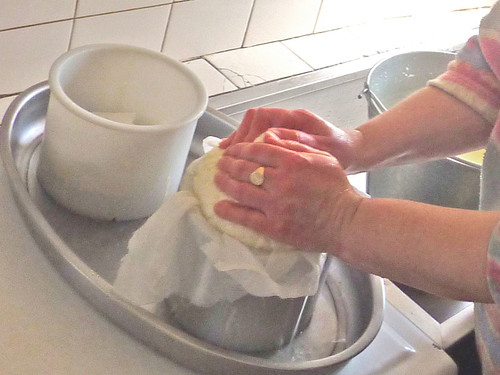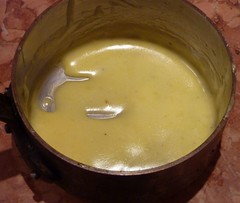
My choice for April was Delia Smith’s Frugal Food. My paperback, now a tattered mess of food-stained pages, loosely contained in a cover adorned with a photo of a fresh-faced, decidedly unglamorous Delia, cost me 70p in 1974. She actually re-released this book with minor updates in 2008, not long after the publication of her much-reviled How to Cheat at Cooking (a more radical rewrite of her first published book). The new version, undoubtedly brought out to cash in on the recession, was a large-format hardback with full-colour glossy photos, the cover adorned with a cabbage instead of Delia’s face, costing £18. Not exactly a gift to poverty-stricken cooks.
I was a poverty-stricken cook in 1974, a student in London living in bedsits or crowded student flats. This book, along with Jocasta Innes’s excellent Pauper’s Cookbook, was rarely far from the stove, as its condition attests. I probably bought it because I regularly read and used the recipe column she wrote for the Evening Standard; I still have a looseleaf binder with many of Delia’s newspaper recipes pasted into it.
I don’t use the book now – the recipes are rather stodgy and earnest, a bit like Delia’s prose. Still, I thought it was worth getting out again. She had some sound ideas that stood me in good stead in those days – using cider in cooking instead of wine for example – and I still stick a skewer through baked potatoes so that they will cook more quickly. There are a few recipes here that became real favourites: fidget pie, made with scraps from a ham bone begged from the local butcher, rabbit in cider, steak and onions in Guinness, several recipes for offal, and, especially, chilladas – little rissoles made of lentils served with a tomato and chilli sauce (well, in my defence, it was the 70s!). Overall, the recipes aren’t much fun, but they are cheap, filling, and easy to cook.

For my vintage feast, I decided to cook something I couldn’t remember having tried before. As I’m in cider country at the moment, pork braised in cider with prunes seemed like a good choice. It did turn out well, if a bit dry – but I think that’s because I used a pork loin roast, since that was what I had. It would have been better with a fattier –and cheaper! – cut of meat. What little sauce there was tasted excellent, belying its humble origins. It’s a one-pot dish topped with sliced potatoes, but it needs some carrots or a green vegetable with it. To start, we had a simple carrot and leek soup, made with the stock from a pot-roasted chicken.
The choice of puddings was rather limited and uninspiring. I ended up picking spiced apple bread pudding, because I had some apples and some stale bread, but we were underwhelmed. It wasn’t a patch on my classic eggy, rum-flavoured, sultana-studded bread and butter pudding; the apples just made a soggy layer in what should have been a creamy mass of custard-soaked bread.
I’ve never been a huge fan of Delia, but having said that, there are a few of her recipes that I turn to again and again because they are so good, and she can be partly credited for teaching me (and probably millions of other people!) to cook. Her prissy, spell-out-every-detail style is a boon to unconfident cooks. Still, this book is evidently dated, in a way that her Summer Collection (the only one of hers I really like) isn’t – well, not yet anyway! It’s a reminder of how much better and more varied our food has become since then. It’s also a reminder that once upon a time most cookbooks just had recipes in them, not pages of arty photos, and were a lot cheaper!

Read More
